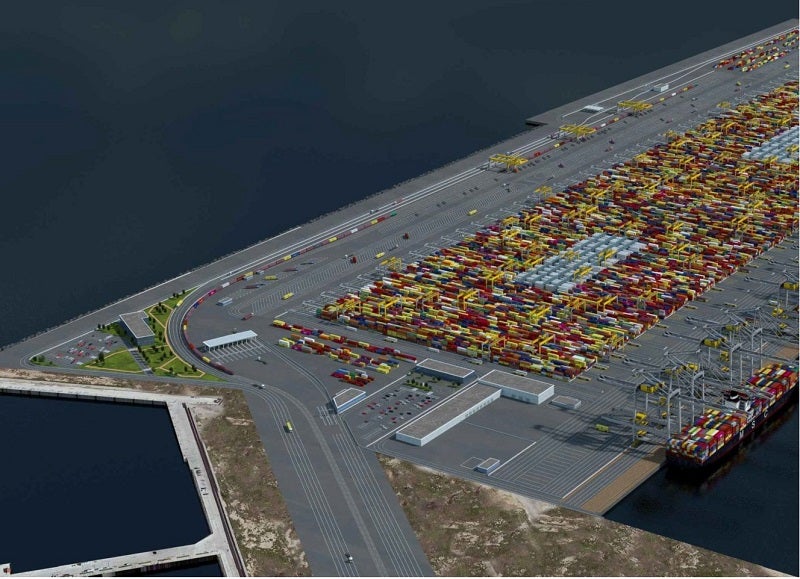
The Port Authority of Valencia’s board of directors has given its approval for the construction of a new container quay terminal.
This will be the fourth container terminal at Spain’s Port of Valencia.
The construction of the €1.56bn ($1.65bn) terminal will see investment from both public and private entities.
More than €542.7m ($573.6m) of public investment will come from Valenciaport and is in the process of being drafted. Tenders will be called once this is complete.
Along with this amount, €1.02bn ($1.08bn) will be invested by private Italian/Swiss firm Terminal Investment Limited (TIL), the port subsidiary of MSC.
To be constructed in the inland waters of the breakwater of the port’s northern extension, the new terminal will feature 137ha of surface area and 1,970m of berthing line.
How well do you really know your competitors?
Access the most comprehensive Company Profiles on the market, powered by GlobalData. Save hours of research. Gain competitive edge.

Thank you!
Your download email will arrive shortly
Not ready to buy yet? Download a free sample
We are confident about the unique quality of our Company Profiles. However, we want you to make the most beneficial decision for your business, so we offer a free sample that you can download by submitting the below form
By GlobalDataThe terminal will have an annual handling capacity of five million containers.
It will increase employment at the Port of Valencia from 38,866 jobs to 44,000 jobs. Furthermore, it is expected to create 5,000 indirect and induced jobs for the community in the area around the port.
The terminal, which will be operated by TIL, is expected to cut down CO₂ emissions by 98%.
Electricity at the terminal will come from clean energy sources. Additionally, vessels will be linked to the electricity grid when they are at the port.
The design of the buildings will focus on energy efficiency aspects and leverage external lighting systems with LED-type luminaires to cut down energy usage.
In an effort to serve as a modern terminal, the new container quay will use advanced traffic prediction systems.







